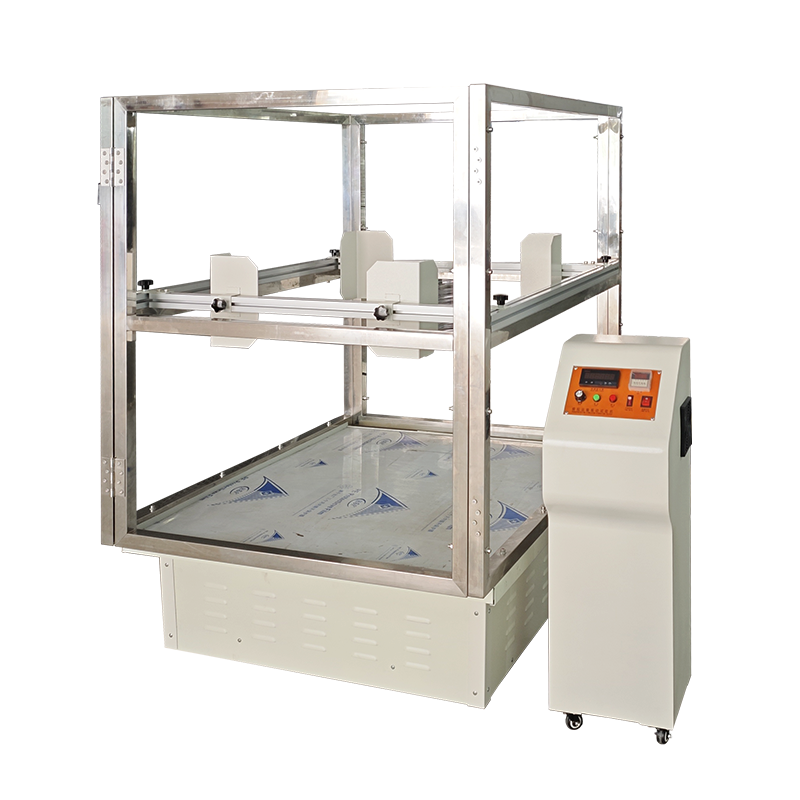
Random Vibration Tester for Transportation Simulation
Product Details:
Random Vibration Tester for Transportation Simulation Price And Quantity
- 1 Unit
- 138005.0 INR/Unit
Random Vibration Tester for Transportation Simulation Trade Information
- Cash in Advance (CID)
- 80 Unit Per Month
- 5 Days
- All India
Product Description
| Item | DR-B216 |
| Max. Test Load | 100kg |
| Frequency Range | 60-300rpm |
| Amplitude Range | 25.4mm (1 inch) |
| Simulation Speed | 25~40km/h |
| Vibration Mode | Roundtrip |
| Work Table Size | 1000*1200 mm ( L*W, can be customized ) |
| Outside dimension ( L*W*H ) | 1255*1070*660mm |
| Speed Mode | DC converter or AC Frequency Control |
| Power Capacity | 1 HP |
| Weight | 150kg |
| Power | 220V, 50 Hz |
| Speed Mode | DC converter or AC Frequency Control |
| Environmental Conditions | Temperature: 5~40C; Related Humidity <85% |
1. Overview
A Random Vibration Tester simulates real-world vibrations experienced during transportation to assess product durability. Unlike sinusoidal vibration, it uses a broad frequency spectrum simultaneously, replicating unpredictable conditions encountered in road, rail, air, or maritime transport.
2. Key Components
-
Vibration Exciter (Shaker):
-
Type: Electrodynamic shakers are preferred for high-frequency ranges (up to 2 kHz) and precise control. Hydraulic shakers may be used for heavy payloads but are limited to lower frequencies.
-
Specifications: Must support required displacement (e.g., 25 mm), velocity, and acceleration (e.g., 100 g) based on test standards.
-
-
Controller:
-
Generates random signals matching a target Power Spectral Density (PSD) profile, which defines vibration energy distribution across frequencies.
-
Utilizes real-time feedback from accelerometers to adjust output, ensuring accuracy.
-
Features notching filters to dampen resonance frequencies in the test specimen.
-
-
Sensors:
-
Piezoelectric accelerometers for high sensitivity and wide frequency range.
-
Data acquisition systems for capturing vibration response.
-
-
Software:
-
Creates/imports PSD profiles (e.g., ISO 13355, ISTA 3A).
-
Simulates transport modes (truck, ship, etc.) and includes data logging, analysis, and reporting tools.
-
-
Power Amplifier: Drives the electrodynamic shaker, converting control signals into high-power output.
3. Design Considerations
-
Frequency Range: Typically 52000 Hz for road transport; lower for maritime (1100 Hz).
-
Payload Capacity: Match shaker force (e.g., 10 kN for medium loads) to product weight.
-
Fixture Design: Securely mounts specimens without introducing damping/resonance (e.g., aluminum alloy fixtures).
-
Safety: Emergency stop, overload protection, and isolation pads to prevent external interference.
4. Testing Standards
-
ISTA: Procedures for packaging (e.g., ISTA 3E for truck transport).
-
ASTM: Standards like ASTM D4728 for shipping container testing.
-
MIL-STD-810G: Military equipment robustness.
5. Applications
-
Electronics: Validate PCB durability under truck vibrations.
-
Automotive: Test component fatigue in engine-mounted parts.
-
Packaging: Assess cushioning material performance using ISTA profiles.
6. Challenges
-
PSD Compliance: Ensuring accurate profile matching, especially at high frequencies.
-
Resonance Management: Automated notching to prevent specimen damage.
-
Cost vs. Performance: Balancing budget with high-frequency capability and payload needs.
7. Calibration & Maintenance
-
Regular calibration using reference accelerometers (e.g., ISO 16063-21).
-
Amplifier and sensor checks to maintain signal integrity.
8. Conclusion
A well-designed random vibration tester integrates precise control, robust hardware, and adaptive software to simulate real-world conditions. By adhering to industry standards and addressing challenges like resonance, it ensures reliable product validation for transportation durability.
Example Configuration:
-
Shaker: 15 kN electrodynamic, 52000 Hz.
-
Controller: 24-bit DSP with real-time PSD adjustment.
-
Software: Custom profiles for maritime (180 Hz) and aerospace (102000 Hz).
This system enables accelerated life testing, reducing time-to-market while ensuring compliance with global transportation standards.

Price:
- 50
- 100
- 200
- 250
- 500
- 1000+



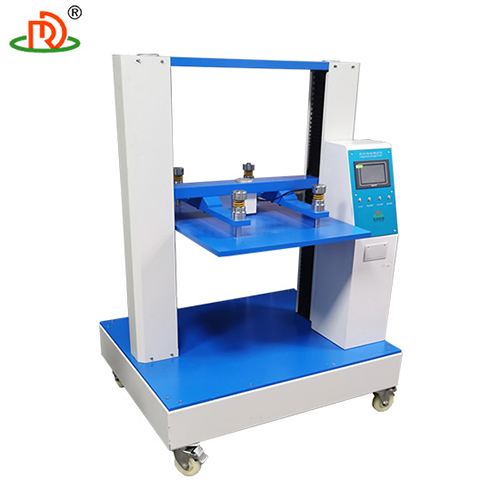
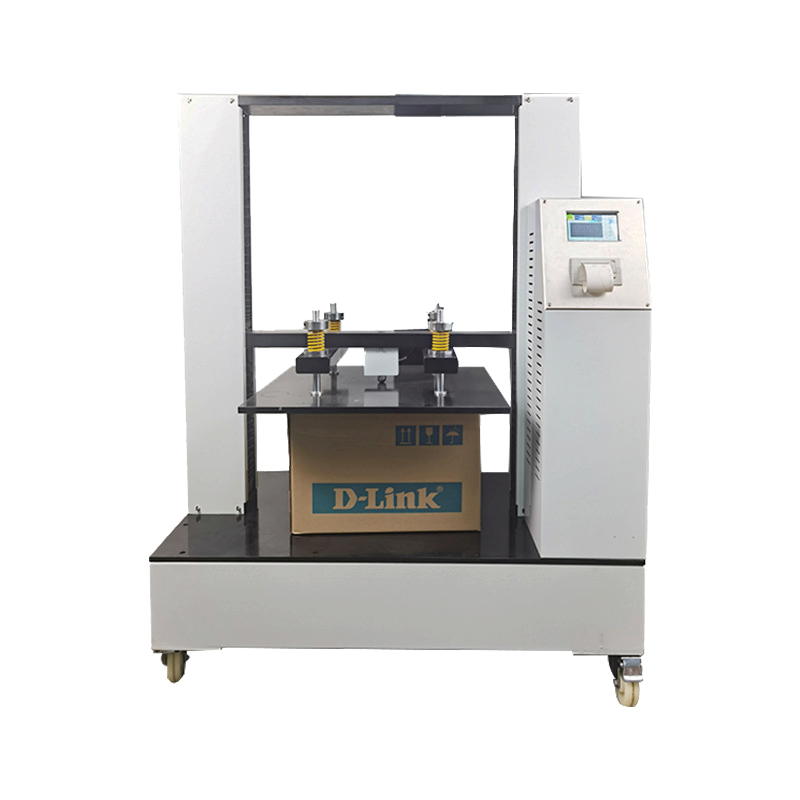
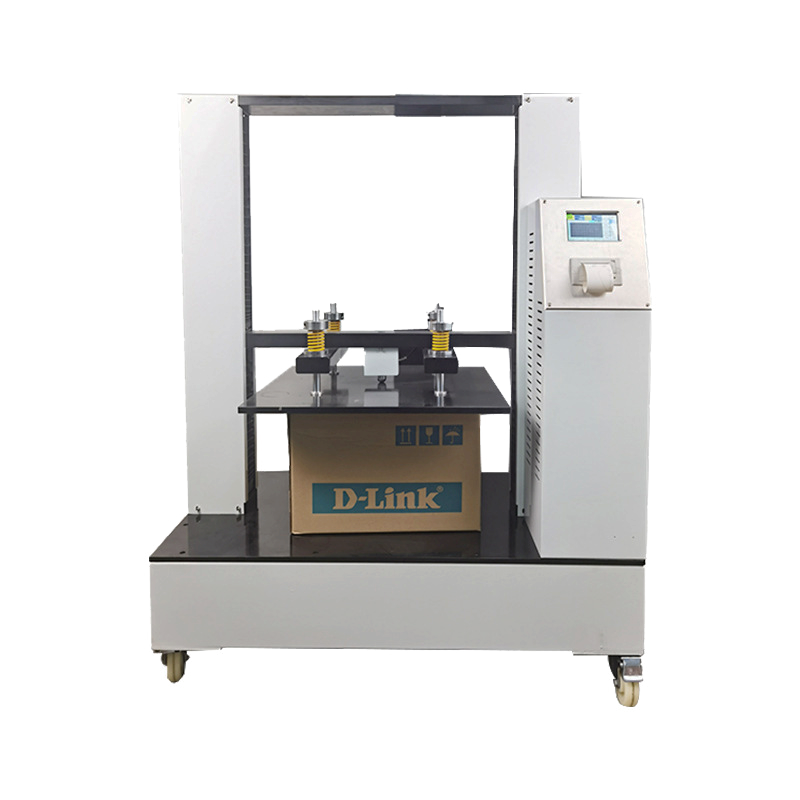
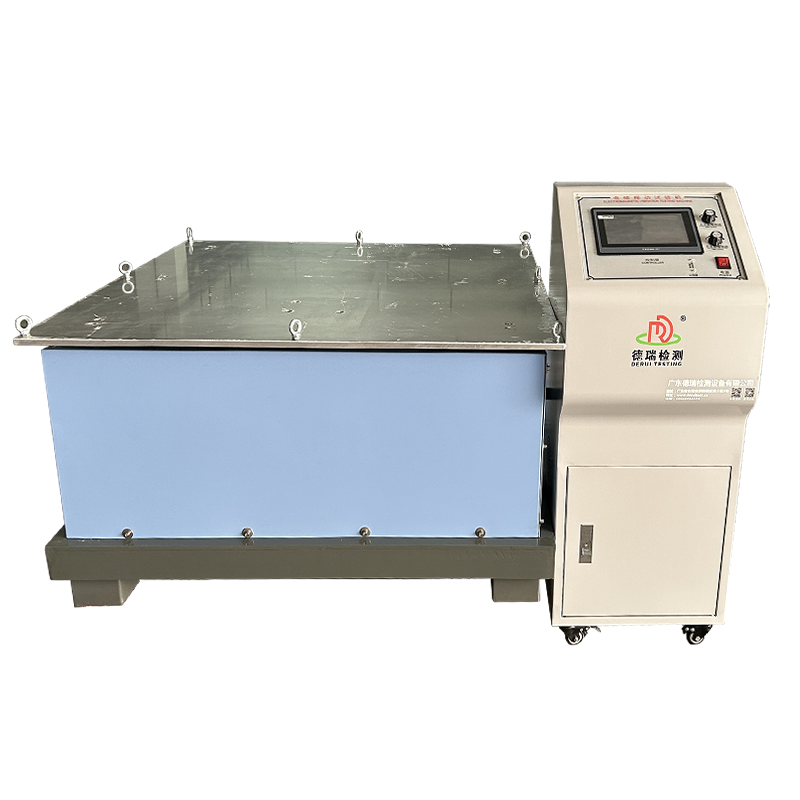

 English
English Spanish
Spanish French
French German
German Italian
Italian Chinese (Simplified)
Chinese (Simplified) Japanese
Japanese Korean
Korean Arabic
Arabic Portuguese
Portuguese